Planets
This page lists of the various symbols in the Planets group.
Planets in astrology have a meaning different from the modern astronomical understanding of what a planet is. Before the age of telescopes, the night sky was thought to consist of two very similar components: fixed stars, which remained motionless in relation to each other, and wandering stars, (in ancient Greek: ἀστέρες πλανῆται asteres planetai), which moved relative to the fixed stars over the course of the year.
Symbols in this group:
Ceres
Ceres, minor-planet designation 1 Ceres, is the only dwarf planet in the inner Solar System, and the largest asteroid. It is a rock–ice body 950 km (590 mi) in diameter, and the smallest identified dwarf planet. It contains about one third of the mass of the asteroid belt. Discovered on 1 January 1801 by Giuseppe Piazzi, it was the first asteroid to be identified, though it was classified as a planet at the time. It is named after Ceres, the Roman goddess of growing plants, the harvest, and motherly love.
Earth
Earth is the third planet from the Sun, and the densest and fifth-largest of the eight planets in the Solar System. It is also the largest of the Solar System's four terrestrial planets. It is sometimes referred to as the world or the Blue Planet.
Jupiter
Jupiter is the fifth planet from the Sun and the largest planet in the Solar System. It is a gas giant with mass one-thousandth that of the Sun but is two and a half times the mass of all the other planets in the Solar System combined.
Mars
Mars is the fourth planet from the Sun and the second smallest planet in the Solar System. Named after the Roman god of war, it is often described as the "Red Planet", as the iron oxide prevalent on its surface gives it a reddish appearance.
Mercury
Mercury is the smallest and closest to the Sun of the eight planets in the Solar System, with an orbital period of about 88 Earth days. Seen from the Earth, it appears to move around its orbit in about 116 days, which is much faster than any other planet.
Moon
The Moon is the only natural satellite of the Earth, and the fifth largest satellite in the Solar System. It is the largest natural satellite of a planet in the Solar System relative to the size of its primary, having 27% the diameter and 60% the density of Earth, resulting in 1⁄81 its mass. The Moon is the second densest satellite after Io, a satellite of Jupiter.
Neptune
Neptune is the eighth and farthest planet from the Sun in the Solar System. It is the fourth-largest planet by diameter and the third-largest by mass. Among the gaseous planets in the solar system, Neptune is the most dense.
Pluto
Pluto, formal designation 134340 Pluto, is the second-most-massive known dwarf planet in the Solar System (after Eris) and the tenth-most-massive body observed directly orbiting the Sun.
Saturn
Saturn is the sixth planet from the Sun and the second largest planet in the Solar System, after Jupiter. Named after the Roman god of agriculture, Saturn, its astronomical symbol (♄) represents the god's sickle.
Saturn\Lead #1
A symbol representing both the planet Saturn and the metal lead. These two things were often associated with each other. For more details, see the symbols for 'Saturn' and 'Lead'.
Saturn\Lead #2
A symbol representing both the planet Saturn and the metal lead. These two things were often associated with each other. For more details, see the symbols for 'Saturn' and 'Lead'.
Specola Vaticana
Specola Vaticana is an astronomical research and educational institution supported by the Holy See.
Sun
The Sun is the star at the center of the Solar System. It is almost perfectly spherical and consists of hot plasma interwoven with magnetic fields.
Uranus
Uranus is the seventh planet from the Sun. It has the third-largest planetary radius and fourth-largest planetary mass in the Solar System. Uranus is similar in composition to Neptune, and both are of different chemical composition than the larger gas giants Jupiter and Saturn.
Venus
Venus is the second planet from the Sun, orbiting it every 224.7 Earth days.The planet is named after the Roman goddess of love and beauty.
Citation
Use the citation below to add this symbols group page to your bibliography:
Style:MLAChicagoAPA
"Planets Symbols." Symbols.com. STANDS4 LLC, 2024. Web. 19 Apr. 2024. <https://www.symbols.com/group/50/Planets>.


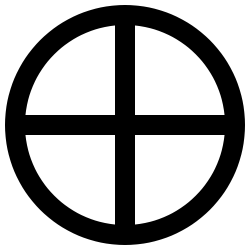
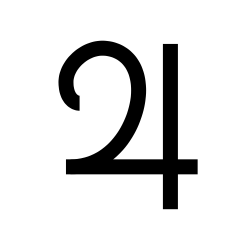
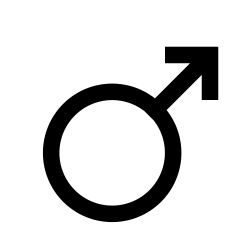
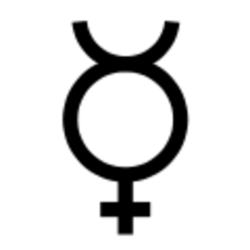
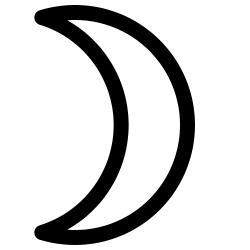
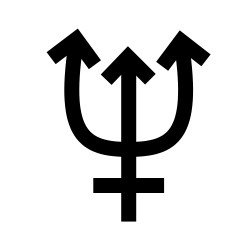
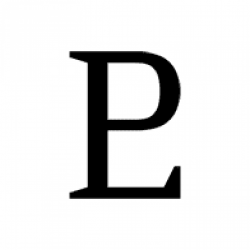
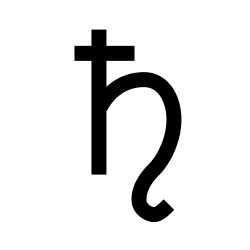
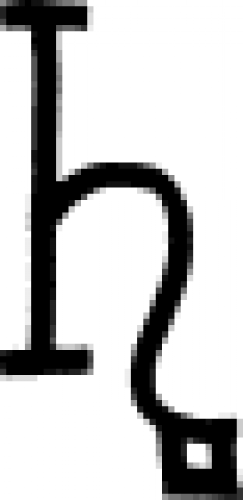


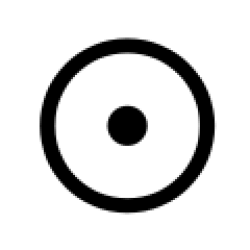
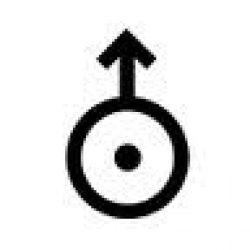
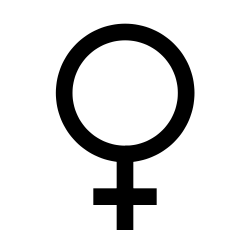
Have a discussion about the Planets group with the community:
Report Comment
We're doing our best to make sure our content is useful, accurate and safe.
If by any chance you spot an inappropriate comment while navigating through our website please use this form to let us know, and we'll take care of it shortly.
Attachment
You need to be logged in to favorite.
Log In